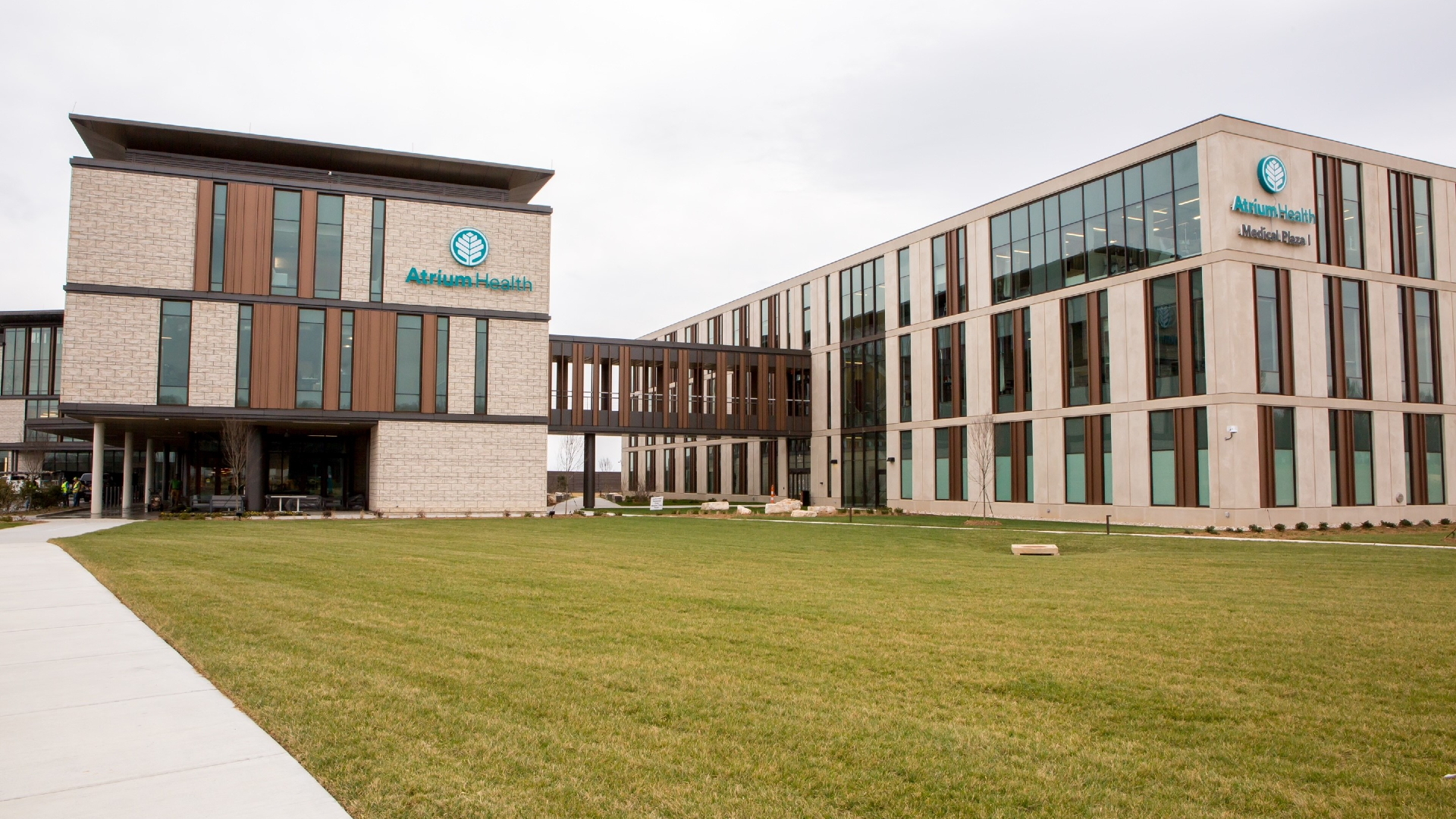I. Introduction to Software as a Service (SaaS)
A. Definition
Software as a Service (SaaS) is a cloud computing model where software applications are provided over the internet on a subscription basis. Instead of purchasing and installing software locally, users can access applications through a web browser, streamlining deployment and management.
B. Key Characteristics
- Subscription-Based: SaaS operates on a subscription model, allowing users to pay a recurring fee for access to software services.
- Accessibility: Users can access SaaS applications from anywhere with an internet connection, promoting flexibility and mobility.
- Automatic Updates: SaaS providers handle software maintenance, including updates and patches, relieving users of the responsibility for manual updates.
- Scalability: SaaS solutions are scalable, allowing businesses to adjust their usage based on evolving needs, whether scaling up or down.
- Multi-Tenancy: Multiple users or businesses share the same infrastructure and codebase, reducing costs and promoting efficiency.
II. Advantages of SaaS
A. Cost-Efficiency
SaaS eliminates the need for extensive upfront costs associated with traditional software. Users can subscribe to the service, paying only for what they use.
B. Accessibility and Mobility
www.softwarepost.xyz/ applications are accessible from any device with an internet connection. This accessibility promotes collaboration and allows users to work on the go.
C. Automatic Updates and Maintenance
Providers handle software maintenance, ensuring that users always have access to the latest features and security patches without the hassle of manual updates.
D. Scalability
SaaS solutions offer scalability, enabling businesses to adapt to changing demands. Whether a small startup or a large enterprise, users can scale their usage accordingly.
E. Rapid Deployment
SaaS applications can be deployed quickly as there’s no need for complex installations on individual devices. Users can start using the software almost instantly after subscription.
III. Applications of SaaS Across Industries
A. Business and Collaboration Tools
SaaS is widely used for business applications such as Customer Relationship Management (CRM), Enterprise Resource Planning (ERP), and collaboration tools like Google Workspace and Microsoft 365.
B. Communication and Collaboration
Messaging and collaboration platforms like Slack, Zoom, and Microsoft Teams operate on the SaaS model, facilitating efficient communication among teams.
C. Human Resources and Management
SaaS solutions in human resources streamline processes like payroll, recruitment, and performance management. Platforms like Workday and BambooHR are examples of HR-focused SaaS.
IV. Challenges and Considerations
A. Security Concerns
While SaaS providers implement robust security measures, concerns about data privacy and security persist. Users must assess the security protocols of SaaS vendors.
B. Integration Challenges
Integrating SaaS applications with existing on-premise systems can pose challenges. Businesses need to ensure seamless integration for optimal functionality.
V. Future Trends in SaaS
A. Artificial Intelligence (AI) Integration
The integration of AI in SaaS applications is on the rise, enhancing functionality, automation, and providing intelligent insights for users.
B. Edge Computing
SaaS providers are exploring edge computing to bring applications closer to users, reducing latency and enhancing performance.
VI. Conclusion
In conclusion, Software as a Service (SaaS) has revolutionized the software industry, offering businesses and individuals a flexible, cost-effective, and scalable way to access and utilize software applications. As technology continues to advance, SaaS is poised to play a pivotal role in shaping the future of how we interact with and leverage software.
Whether you’re a startup looking for streamlined business tools or an enterprise aiming for enhanced collaboration, SaaS provides a compelling solution to meet diverse needs in the digital age.







